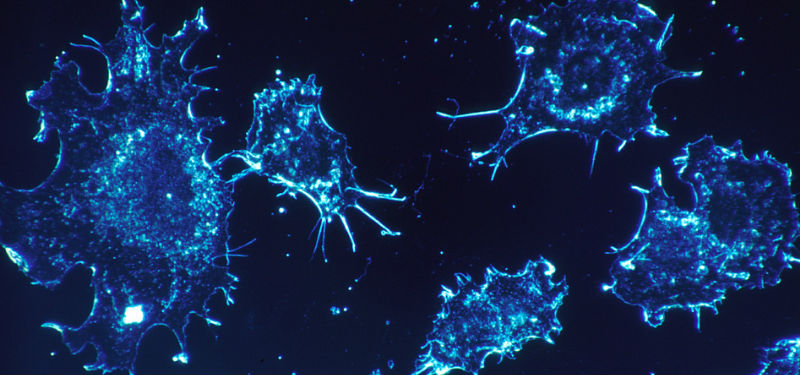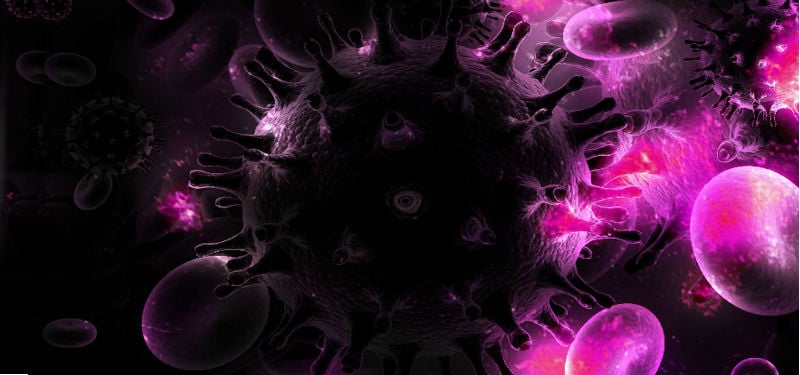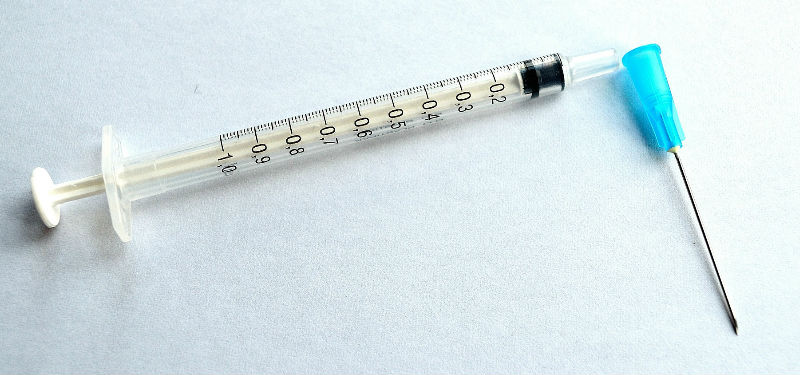Multiple Myeloma is a relatively uncommon cancer which develops in about .06% of the American population each year (a little more than 20,000). Though multiple myeloma is a generally manageable cancer, healthcare professionals have yet to find a cure. Through substantial courses of different treatments and healthy living, doctors have been able to increase the survival rate for those diagnosed with multiple myeloma, but as uncommon as the disease is, it still ends up claiming too many lives.

Multiple myeloma is one of the many types of cancers specified under EEOICPA and RECA, two congressional acts that help compensate US DEO workers who contracted an occupational illness due to their line of work. If you or a loved one has contracted multiple myeloma and are compensated by these two acts, you also qualify for our free home healthcare services. In this article, we will explore multiple myeloma, what it is, and courses of action that you can take if this your diagnoses.
Understanding Multiple Myeloma
Multiple myeloma is a type of cancer that targets a certain type of white blood cell responsible for producing antibodies. This type of white blood cell is referred to as a plasma cell, also called a B cell. A plasma cell is somewhat of a misnomer, as it doesn’t affect the body’s plasma (a yellow-colored water in our bloodstream) but is rather a cell that helps our bodies fight off infection. The plasma cells produce special proteins that can kill viruses and bacteria which help fight off infection. Plasma cells are one of the body’s most important ways to fight off infection and keep the body healthy.
The cancer we call multiple myeloma affects only plasma cells and which prevents these cells from performing their job correctly. The plasma cells begin to grow at a rapid rate, causing defects and malformations which in turn prevent the cells from being able to create new antibodies. These unhealthy cells also steal nutrients from the healthy cells, which kills them off due to a lack of nutritions. Multiple myeloma, as it progresses, essentially shuts down the immune system, making it impossible for the body to fight infections. Most people who die from multiple myeloma don’t actually pass away because of the cancer itself, rather from disease and infection the body is unable to fight off.
How to Detect Multiple Myeloma
Some people living with multiple myeloma may not even realize it for a very long time. There are, however, symptoms that serve as warning signals for multiple myeloma before it becomes an uncontrollable problem. Multiple myeloma usually begins during the formation of plasma cells, which occur in the bones. The constant division of these cells causes masses where they are formed, which can lead to easy bone breakage, general bone pain, or osteoporosis. The blood also tends to thicken, which can increase blood pressure to dangerous levels or even cause anemia, which can be spotted by extreme fatigue, dizziness, or shortness of breath. Because of the body’s inability to fight off infection, you can also tell there may be a problem if a cold or other illness lasts for longer than 3 weeks.
These symptoms, if they persist, should be examined by a doctor. They will usually take some time to do blood work or take a urine sample, both of which indicate protein malfunctions associated with the cancer. If there is any question about their initial lab results, they may also do a bone marrow biopsy (where they remove part of the bone marrow to check for malformations) or an imaging scan. All of these procedures can help your healthcare professionals diagnose multiple myeloma and how to treat it.
Causes and Treatments
By and large, the direct cause of multiple myeloma is unknown. That being said, correlative studies have demonstrated certain risk factors which are linked to the mal growth of plasma cells. Included among these is alcohol, obesity, and the one which United Energy Workers Healthcare and Four Corners Health Care is the most interested in: occupational illness. Scientists and doctors have linked radiation exposure and exposure to other harmful chemicals to the possible development of multiple myeloma, as certain materials can damage plasma cells if proper precautions don’t first take place.
As we stated earlier, there is no cure to multiple myeloma, but it can be treatable through rounds of chemotherapy (which stops cell growth in the body), surgery (to remove masses in the bones), radiation (to target the unhealthy cells), and/or plasmapheresis (where a donor lends healthy white blood cells to the multiple myeloma victim). A doctor will decide which regimen of drugs and therapies he/she thinks will best help your unique situation.
Our Home Health Care
Beyond the regular treatments you receive from your doctor, United Energy Workers Healthcare and Four Corners Health Care will help you and your family through our superior home health services. We do everything from helping you take medications to cleaning your house and offering counsel for family members. We know that a diagnosis associating any cancer can be frightening and demoralizing, but we do everything we can to help provide you with a quality life while you seek to deal with multiple myeloma. Call us today at (800) 314-2383 for more information and to request our free services.


